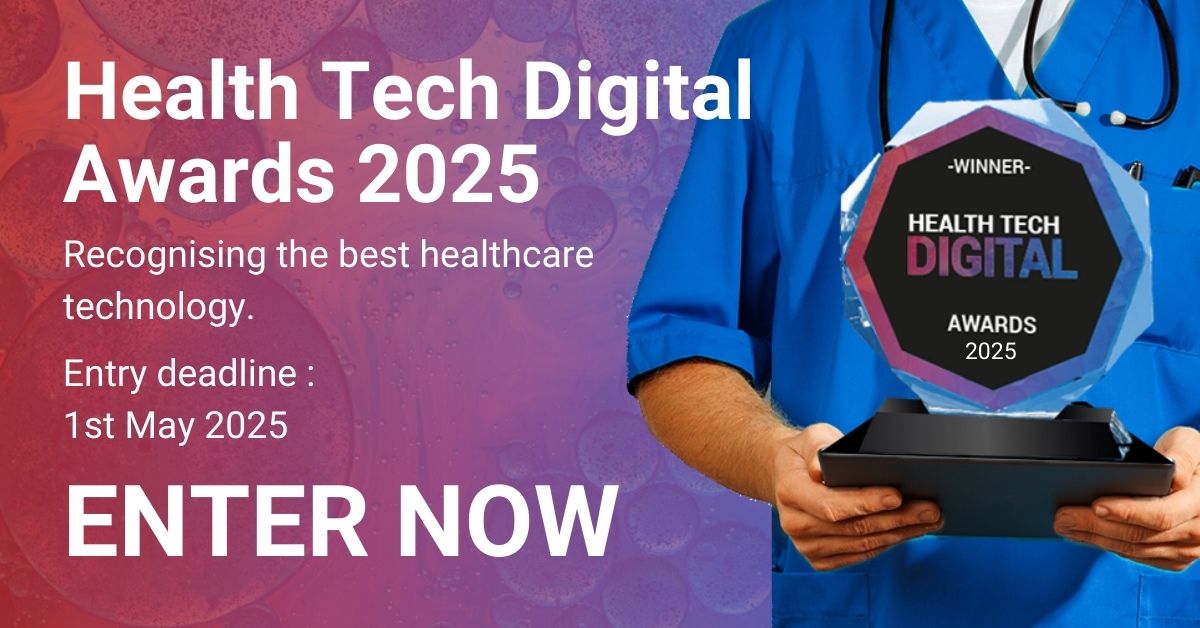
Andy Ramsbottom, Director of Global Strategic Accounts at leading software escrow provider Escode, discusses the critical importance of ensuring the healthcare sector is prepared for any technological disruptions as the sector becomes increasingly reliant on technology.
Technology is driving forward a new era for the healthcare sector. The UK government recently announced the future of fully digital health records as well as the increased use of wearable health devices, These innovations are reshaping patient care, offering faster, more personalised treatment, and streamlining medical operations. And as the UK health software and IT market grew 21% in 2023, the sector is showing no signs of slowing down its tech adoption. However, this digital shift comes with heightened risks. As healthcare becomes more dependent on technology, the potential for disruptions, such as system failures or software outages, threatens both the efficiency of operations and, more critically, patient safety.
Ensuring operational resilience in this digital landscape is no longer optional; it is vital for maintaining the integrity of healthcare services. Healthcare organisations must confront these risks directly to safeguard patient care, maintain trust, and enable future growth.
The expanding role of technology in healthcare
Technology now touches nearly every facet of healthcare, from administrative tasks to life-saving interventions. Scheduling, diagnostic imaging, telemedicine, and real-time patient monitoring all rely on interconnected digital systems. We’re already seeing the likes of AI reshaping medical tools like X-rays to improve accuracy and efficiency. This integration enables better tracking of patient data, predictive analytics, and remote care, improving patient outcomes.
So, what are the potential risks? While technology enhances efficiency and care delivery, it also underscores the need for a robust approach to system resilience, ensuring healthcare organisations can operate smoothly even when digital disruptions occur.
The risks of digital disruptions
In healthcare, disruption isn’t just an inconvenience – it can have serious consequences, impacting patient safety, delaying treatments, and disrupting care coordination. Even the failure of non-critical systems, like scheduling software, can lead to significant delays in diagnoses and care. When electronic health records (EHRs) are inaccessible, reverting to manual processes increases inefficiencies and the risk of errors.
Downtime also comes with financial and reputational costs. Just one hour of disruption can be expensive, and prolonged outages can damage public trust, especially if they result in cancelled procedures. Additionally, many healthcare organisations rely on third- party software for critical functions, such as lab results or pharmacy services, and any disruption to these systems can delay patient care. We saw just one example of disruption in the supply chain when Synnovis, a blood testing lab for the NHS, meant that the NHS couldn’t use its systems to run essential blood tests in the London region.
Strengthening software resilience in healthcare
With the deepening integration of technology, it’s never been more important to ensure operational resilience. While healthcare professionals are experts in patient care, building resilience against technical disruptions requires proactive planning and collaboration with IT providers.
It may seem daunting for healthcare decision-makers to know where to start in securing robust IT systems. However, there are some fundamental steps that they need to take to build the foundations for strong operational resilience.
- Create contingency plans
While not every disruption can be anticipated, having contingency plans can reduce the impact on healthcare services when issues arise. Clear protocols, such as knowing who to contact during system outages and how to manage manual processes, enable healthcare providers to quickly address disruptions and maintain continuity of care. These plans are critical for minimising downtime, which is fundamental to ensuring quality patient care. - Strengthen contractual agreements
Robust contracts with software vendors offer healthcare organisations protection in case of service failures. Strong agreements should include provisions that hold vendors accountable for timely issue resolution. Escrow agreements are also vital, ensuring that the critical source code behind essential applications is available if a vendor can no longer maintain the software. Tri-party escrow agreements between healthcare providers, software vendors, and escrow providers ensure continuous access to systems, even if a supplier fails. - Understand your supplier’s supply chain
Healthcare organisations must also go one step beyond their own software providers and think about their third-party suppliers, creating a chain of dependencies. If a hospital’s patient record system goes down because of one of its suppliers, this will create a domino effect impacting the hospital and its patients.
Understanding supplier contingency plans to handle supply chain disruptions is essential. This knowledge provides reassurance that they are prepared to manage their own risks, minimising the impact on healthcare operations in the event of broader disruptions.
Having these plans in place will give healthcare providers peace of mind that they and their patients are well protected from any IT disruptions or outages.
Ensuring resilience in a digital healthcare world
Digital transformation offers tremendous opportunities for improving patient care, but it also introduces new risks. Healthcare professionals must adopt these innovations while preparing for the technical challenges that come with them. By focusing on software resilience through proactive planning, monitoring, and strong third-party relationships, healthcare organisations can protect their operations, maintain patient trust, and ensure
the continuity of care.
As healthcare becomes increasingly digital, securing patient information and maintaining system resilience is critical for preserving trust and supporting future growth.












